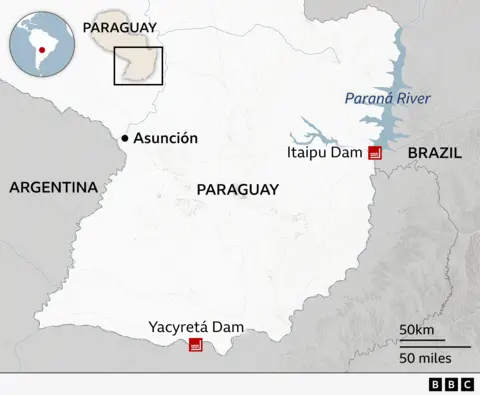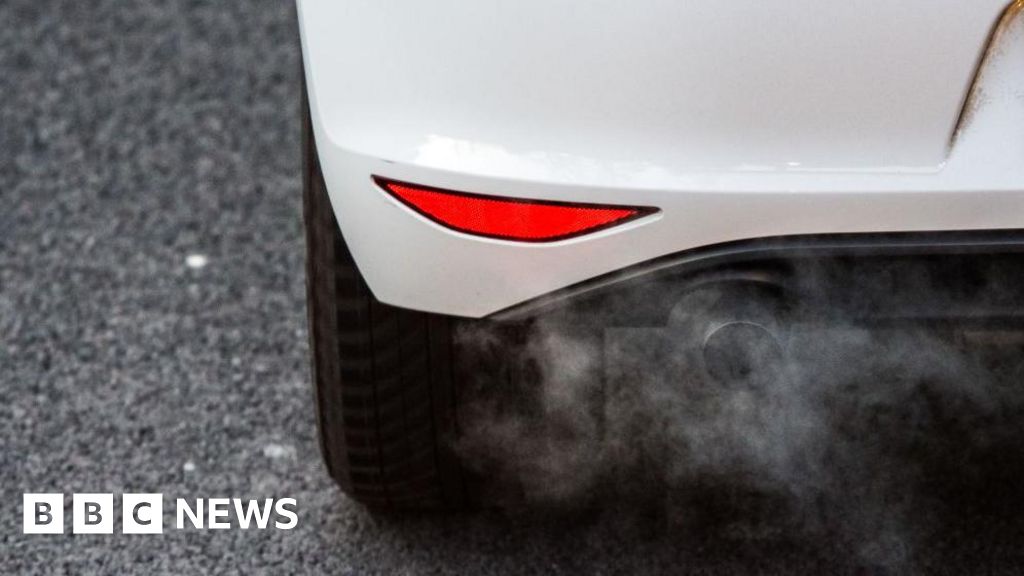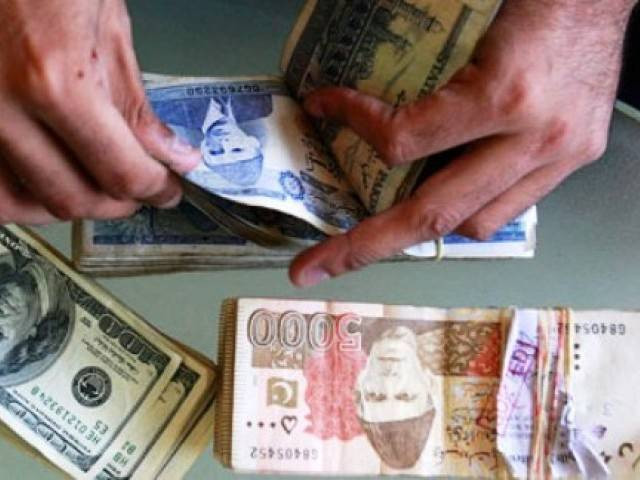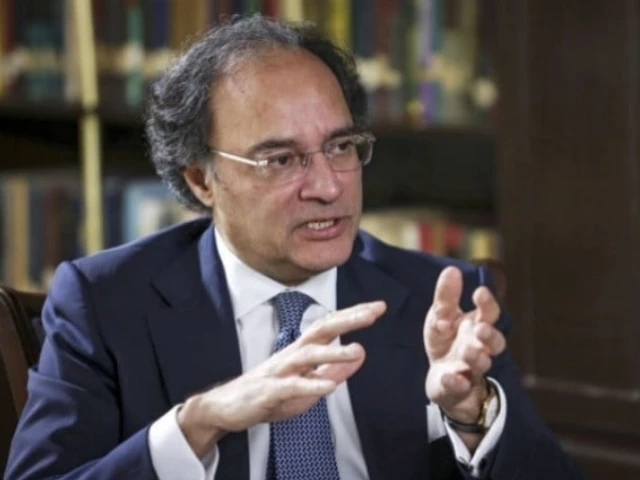Business
Finance minister sees ‘scope’ for interest rate cut by year-end – SUCH TV

Finance Minister Muhammad Aurangzeb on Wednesday expressed optimism that there was scope to reduce the monetary policy rate before the end of this year. Speaking at an event in Islamabad, Aurangzeb acknowledged that decisions on the policy rate and exchange rate rest with the State Bank of Pakistan (SBP) and its Monetary Policy Committee.
However, he said, “In my personal view, there is still room for further cuts, and I am hopeful that before the year concludes, we will see the rate moving downward.”
The SBP has kept the interest rate steady at 11pc since May, following a cumulative cut of 1,000bps from 22pc since June 2024.
The decision has drawn criticism from the business community, which had expected deeper reductions.
Aurangzeb added that both average and core inflation trends suggest space for easing the rate, stressing that “economic stability and national security go hand in hand.”
He hailed the “brave armed forces” for their success during Marka-i-Haq the name given to the period of conflict with India in May, when Pakistan responded to Indian aggression.
“In the past 1.5 years, we have made strong progress on the economic front,” he noted, listing: “Increase in the country’s economy and per capita income, stability in the economic sector, record decrease in financial deficit and inflation, improvement in current account surplus and external account, record increase in foreign exchange reserves and remittances.”
Aurangzeb also highlighted a “double-digit increase” in exports in the textile, IT and pharmaceutical sectors.
Observing an improved “local business environment”, he added: “SME loans have increased by 41pc.
Should it be even higher? The answer is yes. But 41pc is not a small or insignificant number.”
“Loans in the agricultural sector have crossed the Rs2.5 trillion figure. Private sector loans have increased by 38pc,” he added.
The finance czar explained that once fiscal discipline is achieved, the government’s borrowing requirement will decrease, and bank and other economic institutions will reach out to the private sector.
He added that the government had reduced its debt servicing by Rs1tr in the past year. “God-willing, our debt servicing will go down by more than 1tr this year as well.”
Business
ICAI in talks to provide data for sovereign AI – The Times of India
Business
Paraguay – the Silicon Valley of South America?

Jane ChambersBusiness reporter, Asunción, Paraguay
 Gabriela Cibils
Gabriela CibilsGabriela Cibils is on a mission – to help turn Paraguay into the Silicon Valley of South America.
When she was growing up in the landlocked country, nestled between Brazil and Argentina, she says the nation “wasn’t super tech focused”.
But it was different for Ms Cibils, as her parents worked in the technology sector. And she was inspired to study in the US, where she got a degree in computing and neuroscience from the University of California, Berkeley.
After graduating she spent eight years working in Silicon Valley, near San Francisco, with roles at various American start-ups.
But rather than staying permanently in the US, a few years ago she decided to return home to Paraguay. She’s now helping to lead efforts to build a large and successful tech sector that puts the country of seven million people on the world map – and attract some of the globe’s tech giants.
 AFP via Getty Images
AFP via Getty Images“I saw first hand the impact that technology can have on your life,” says Ms Cibils. “After being exposed to such a different world [in Silicon Valley], it’s my responsibility to bring that mindset back and combine it with the talent I see in Paraguay.”
She is now a partner at global technology and investment firm Cibersons, whose headquarters is in Paraguay’s capital Asunción.
While most countries would love to build a world-class tech sector, Paraguay has a distinct advantage in one regard – an abundance of cheap, green electricity.
This is thanks to 100% of its generation now coming from hydroelectric power.
This is centred on the giant Itaipu Dam on the Paraná River, which forms part of the border between Paraguay and Brazil. This huge hydroelectric power station, the largest in the world outside of China, supplies 90% of Paraguay’s electricity needs, and 10% of Brazil’s.
In fact, such is Paraguay’s surplus of electricity that its electricity prices are the lowest in South America.
And it is the world’s largest exporter of clean energy.
The Paraguayan government hopes that the country’s abundance of cheap, green electricity will attract global tech firms increasingly focused on the massive energy demands of AI computing.
“If you want to install any technology investment like AI data centres, keep in mind hydroelectric power is both renewable and steady,” says Paraguayan software development entrepreneur Sebastian Ortiz-Chamorro.
“Compared to other renewable energy sources like wind or solar, that have their ups and downs, it’s much more attractive for creating data centres or any other electro intensive activity that requires a steady electricity source.”
He adds that in addition to Itaipu, and Paraguay’s other large state-owned hydroelectric plant, the Yacyretá Dam, private companies can easily build their own smaller facilities.

On a visit to California last year Paraguay’s President Santiago Peña spoke with companies like Google and OpenAI to encourage them to invest in Paraguay. It remains to be seen if such industry giants open large operations in the country.
Minister of Technology and Communication Gustavo Villate is working closely with the president on the continuing efforts.
“We have the youngest population. We have a lot of renewable green energy. We have low taxes and economic stability,” he says proudly.
I’m taken on a tour with the minister of a planned new digital park near Asunción’s main airport. It’s currently green fields and some army barracks.
Mr Villate unfurls plans to show off the lakes, a childcare centre and other buildings which he says should be ready in under two years.
“The government are going to invest around $20m (£15m) for the first stage, but the idea is for private companies to invest the rest,” he says.
Even though the park isn’t ready yet, Mr Villate says the collaboration already happening between the public, private and university sectors is key to building an ecosystem to attract foreign investors.
The government thinks the country’s young population will be a key attraction, and able to provide a large tech workforce. The average age in Paraguay is 27.
 Vanessa Cañete
Vanessa CañeteBut more young people will need to be trained. The technology minister says the new digital park will also be home to The University of Technology, which is a joint venture between Taiwan and Paraguay.
Meanwhile, there are other initiatives to train young people in the country. “We are working really hard to create a mass of software engineers, programmers and everything you need to provide software services,” says Vanessa Cañete, president of trade group Paraguayan Chamber of the Software Industry.
Ms Cañete says she is also passionate about encouraging more women to study computer engineering. In 2017 she set up Girls Code, a non-profit association which aims to close the tech gender gap.
It organises programming and robotics workshops for teenagers and young women, with more than 1,000 receiving some sort of training to date.
Ms Cañete adds that software developers are also given English lessons for up to four years to improve their communication with overseas firms.
The people I met are brimming with positivity about what Paraguay has to offer the tech world, but they are also pragmatic.
Ms Cibils says there are still “growing pains” for foreign investors, with issues like bureaucracy, which can hold things up adapting local contracts to standardised international ones.
But she is adamant that “if you put innovation at its core and leverage all the benefits that the country has I think Paraguay can be a superpower”.
Business
Five carmakers go on trial over emissions cheat claims

Emer MoreauBusiness reporter
 Getty Images
Getty ImagesA major lawsuit against five leading carmakers accused of cheating on emissions tests is set to begin at the High Court on Monday.
The trial is the latest chapter of what has become known as the “dieselgate” scandal, with the companies facing allegations they used software to allow their cars to reduce emissions of harmful gases under test conditions.
Lawyers say the case is the largest class action in English and Welsh legal history, and could eventually involve 1.6 million car owners.
The five carmakers – Mercedes, Ford, Peugeot/Citroën, Renault and Nissan – all deny the accusations.
The five have been chosen by the court as lead defendants to be tried first as the case is so big.
Mercedes, Ford, Peugeot/Citroën, Renault and Nissan have been accused by 220,000 car owners of misleading them over emissions tests.
But depending on the outcome of this case, nine other carmakers are facing similar claims.
The dieselgate scandal first emerged in September 2015, when the US Environmental Protection Agency accused Volkswagen of installing software – known as “defeat devices” – on diesel cars to lower readings of the cars’ nitrogen oxide emissions.
In 2020, the High Court ruled that Volkswagen had used defeat devices in breach of European Union rules to pass emissions tests.
Volkswagen settled a class action out of court, paying £193m to 91,000 British motorists.
The company has so far paid out more than €32bn (£27.8bn) over the scandal, mostly in the US.
The High Court will decide whether systems installed in diesel cars by the five carmakers were designed to cheat clean air laws.
It is alleged the “defeat devices” allowed a car to identify when it was in a test scenario. It would then run its engine at below normal power and performance levels in order to record lower readings of nitrogen oxides.
Lawyers for the motorists will claim they were deceived about how environmentally friendly the vehicles were, and that the cars still on the road are continuing to emit dangerous levels of pollution.
Although the trial begins on Monday, a judgement is not expected until summer 2026. If the court finds against the carmakers, a further trial to determine levels of compensation is expected to begin in autumn 2026.
Martin Deigh of Leigh Day, which is one of the 22 law firms representing drivers, said: “A decade after the Dieselgate scandal first came to light, 1.6 million UK motorists now get their chance to establish at trial whether their vehicles contained technology designed to cheat emissions tests.”
He said that if the allegations against the car firms are upheld in court it “would demonstrate one of the most egregious breaches of corporate trust in modern times”.
“It would also mean that people across the UK have been breathing in far more harmful emissions from these vehicles than they were told about, potentially putting the health of millions at risk.”
The companies involved have said the claims against them are without merit.
A spokesperson for Mercedes said the mechanisms used in tests were “justifiable from a technical and legal standpoint”.
Renault and Stellantis, which owns Peugeot and Citroen, said the vehicles it sold were compliant with regulations at the time.
Ford said the claims had “no merit” and Nissan said it was “committed to compliance in all markets in which we operate”.
-

 Tech7 days ago
Tech7 days agoI’ve Tested Countless Mesh Systems. Here Are the Routers I Recommend
-

 Tech1 week ago
Tech1 week agoAI in an ‘industrial bubble’ but will benefit society: Bezos
-

 Tech1 week ago
Tech1 week agoAmazon Prime Big Deal Days Is Next Week, but We Already Found 40 Early Deals
-

 Tech1 week ago
Tech1 week agoAmazon is overhauling its devices to take on Apple in the AI era
-

 Tech1 week ago
Tech1 week agoAll Hail the Surprisingly Versatile Packing Cube! These Are Our Favorites
-

 Business1 week ago
Business1 week agoInvestors are packing up; Pakistan must ask why | The Express Tribune
-

 Tech1 week ago
Tech1 week agoCombat Dry Indoor Winter Air With a New Humidifier
-

 Tech6 days ago
Tech6 days agoJony Ive Says He Wants His OpenAI Devices to ‘Make Us Happy’












